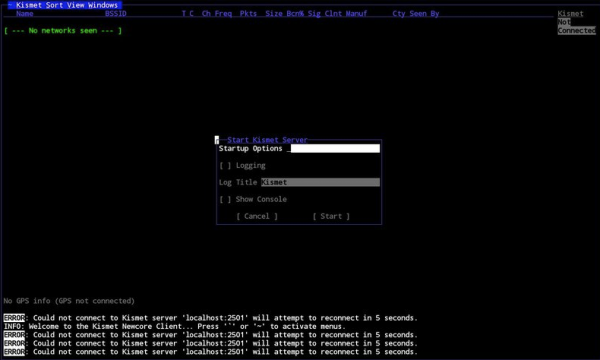
- #WIFI STUMBLER WINDOWS DRIVER#
- #WIFI STUMBLER WINDOWS FULL#
- #WIFI STUMBLER WINDOWS PC#
- #WIFI STUMBLER WINDOWS DOWNLOAD#
While running NetStumbler, the right-hand pane shows APs currently detected and available under the current view filter. If none of these combinations detect the AP under NetStumbler, you may have a funky wireless card which cannot be used with NetStumbler.
#WIFI STUMBLER WINDOWS DRIVER#
If neither device driver detects the AP, try using your wireless card’s management utility to manually set its SSID to blank or “ANY”. You can continue to use NetStumbler’s other features in NDIS mode. If this works, your card is partially supported, and will not return reliable data for noise and signal strength.

If the first device entry does not detect the AP in a few seconds, try the NDIS entry.

If yes, your card is fully supported by NetStumbler.

Choose the first device entry and see if the AP shows up in NetStumbler’s window. Which to use? The easiest way to tell is to run NetStumbler within reach of a known functioning access point. The first entry includes the chipset name for your card (such as “Prism2”), whereas the second reads “NDIS.” When NetStumbler launches, you may see two entries for your wireless card under the Device menu. Some wireless cards will not see all available access points unless their SSID is set to blank or “ANY.” Again, NetStumbler with Auto Reconfigure enabled will attempt to set your wireless card accordingly while running. Alternatively, you can take control of the situation by enabling and disabling WZC yourself (Windows Control Panel, Administrative Tools, Services, Wireless Zero Configuration). With Auto Reconfigure enabled, NetStumbler will make an effort to stop the WZC service upon launching, and restore it upon exit. The 0.4 version of NetStumbler includes a feature called “Auto Reconfigure” which you can enable by clicking the “two gears” icon on the toolbar or through the View, Options menu. NetStumbler and Windows Wireless Zero Configuration service do not play well together.
#WIFI STUMBLER WINDOWS FULL#
The latest 0.4 version of NetStumbler partially supports most wireless cards, but those without full support will not be reliable for noise and strength readings, and may cause instability in NetStumbler itself. Wireless cards which are fully supported in NetStumbler are able to report accurate noise and signal strength levels. Seattle Wireless maintains a wiki, and NetStumbler hosts user-submitted compatibility reports, although they do not indicate which chipset a card uses. Unfortunately, there is no single comprehensive source of information on wireless card chipsets and retail models. Also supported are cards based on the Intersil (now owned by Conexant) Prism and Prism2 wireless chipsets, such as the popular D-Link DWL-650.
#WIFI STUMBLER WINDOWS PC#
Other cards based around this chipset include the Dell TrueMobile 1150, Compaq WL110, and Avaya Wireless 802.11b PC Card.

NetStumbler fully supports cards based on the Proxim 8410-WD and 8420-WD, which have most commonly been sold under the names Orinoco Classic Gold and Orinoco Gold. Determining precisely which cards are fully supported can take some sleuthing. Requiring Windows 2000, XP or newer, NetStumbler functions best with a supported wireless card.
#WIFI STUMBLER WINDOWS DOWNLOAD#
The latest version (0.4.0 as of this writing) is available for download from and stumbler dot net. NetStumbler calls itself “beggarware,” meaning that it is free (but not open source), although they request a $50 donation from commercial and government users. Although it implies a sort of blind luck, NetStumbler is actually most useful for pinpointing details of a wireless network, helping you configure, secure, optimize and discover. For a Swiss Army knife of wireless network diagnostics, “NetStumbler” is saddled with a somewhat unfortunate name.


 0 kommentar(er)
0 kommentar(er)
